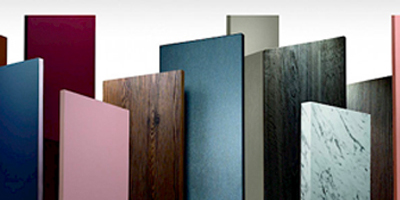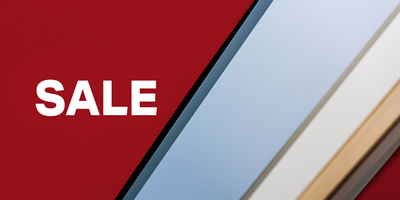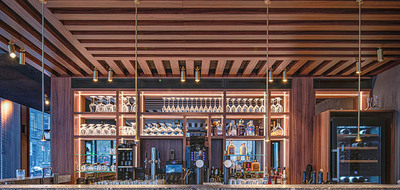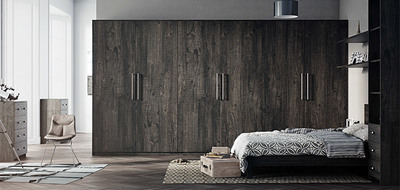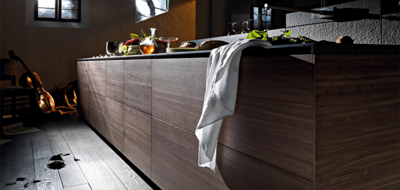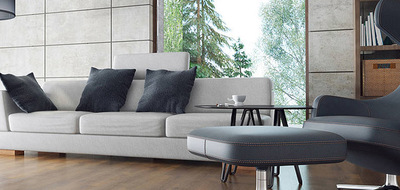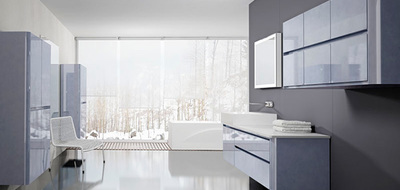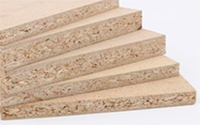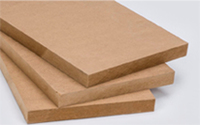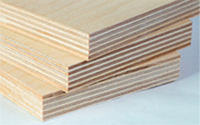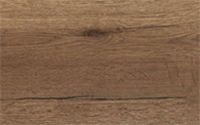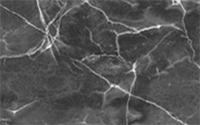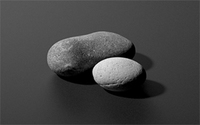Buy full sheets
At Cworkshop, we only sell full MDF sheets to customers, which we can then cut to size to your specifications. Buying a full sheet means that you benefit from having extra pieces of MDF for your next project or having some extra when there’s been a change in design using your MDF. If your offcuts are on the larger size, you can get the MDF cut to a more manageable size for more accessible transport and storage.
Beware of dust
If it weren’t for this disadvantage, MDF would be the perfect material for furniture construction. The fine dust that MDF produces when cut or sanded can be harmful to you, in which case we suggest wearing a dust mask to protect yourself when cutting, sanding, or routing MDF.
If you’re cutting MDF indoors on-site, you will need to cover and protect all surfaces to avoid getting dust everywhere and save you time from a thorough clean up.
We would suggest using Cworkshop’s MDF cutting service to save you time cleaning up and avoiding inhaling MDF dust. We also can do any MDF drilling and routing if you require, thereby saving you more time and effort.
Handle with care
Even though MDF is quite dense and durable, the inner layers of the MDF are softer in relation to the surface, which means exposed edges and corners are vulnerable to getting damaged.
The MDF surface can also be scratched. Due to the smooth surface, deep scratches will be very prominent, affecting the look of the final MDF-made furniture.
Keep it dry
Standard MDF is not moisture resistant, which means if it gets exposed to humidity or dampness, this can cause the MDF to swell and makes it unfit to be used in any furniture. If possible, try not to use MDF in areas with more moisture than average, such ask kitchens or bathrooms.
That doesn’t mean that MDF cannot be used in those areas. Cworkshop sells moisture resistant MDF which can be used in kitchens and bathrooms. After you get your MDF cut to size, properly seal the edges, corners and surface with paint for added longevity.
Make sure to prime
Before you begin painting your MDF, you need to use a coat of primer. Priming MDF allows proper adhesion of the paint to the surface and gives it an even smoother finish. Priming and painting MDF is a task, and if you have the option to have your MDF cut to size and painted at the same time, take advantage of this service! It’ll save you hours, and you’ll be sure that your MDF is protected and furniture is finished excellently.

